Sustainable Beef ⋆ Revier Cattle Company
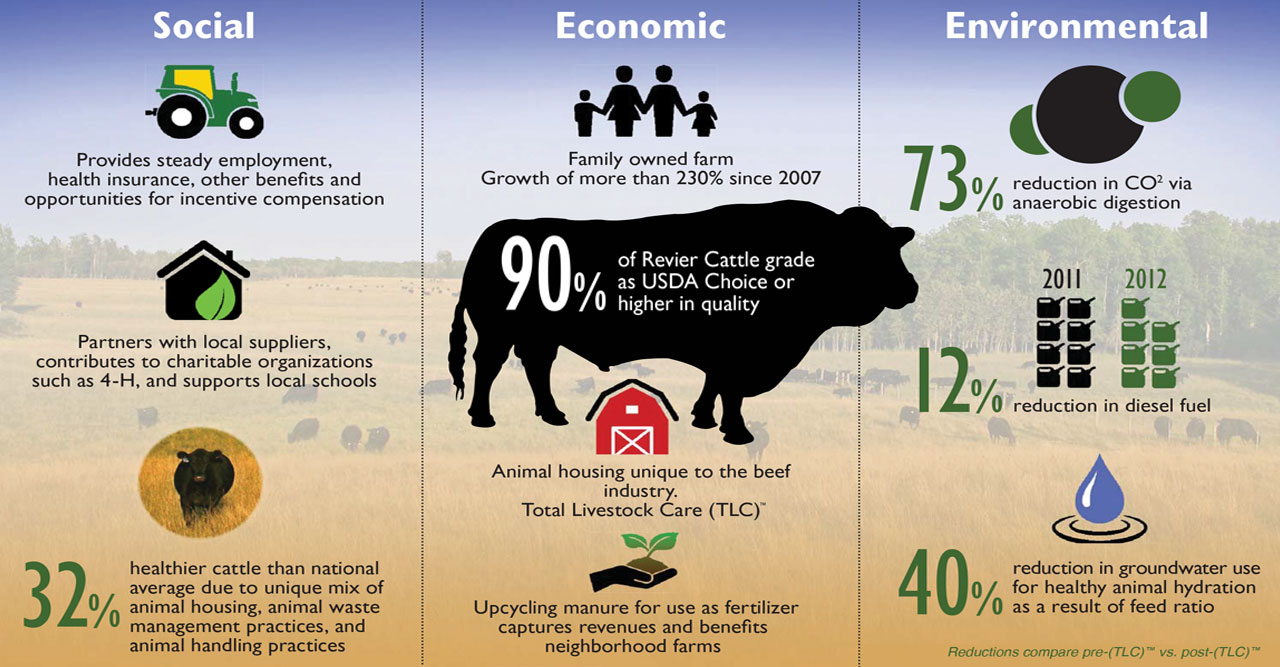
Cattle Industry: Rise and Fall. The cattle industry was at its peak from 1867 until the early 1880s. The following factors contributed to this: Increased number of railway lines - able to transport cattle to new markets. Development of refrigerated rail carriages - cattle could be slaughtered before transportation.
PPT The Cattle Kingdom PowerPoint Presentation, free download ID1694823
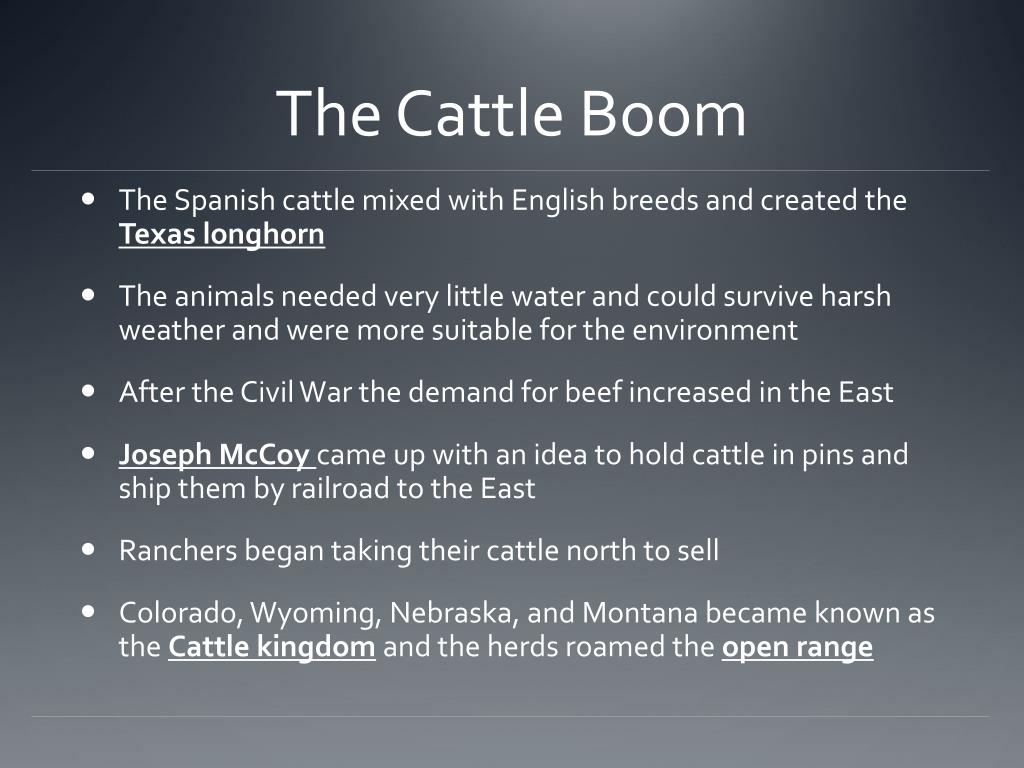
By the 1880s, the cattle boom was over. An increase in the number of cattle led to overgrazing and destruction of the fragile Plains grasses.. Bitter range wars erupted when cattle ranchers, sheep ranchers, and farmers fenced in their land using barbed wire. The romantic era of the long drive and the cowboy came to an end when two harsh.
What is the life cycle of a cow
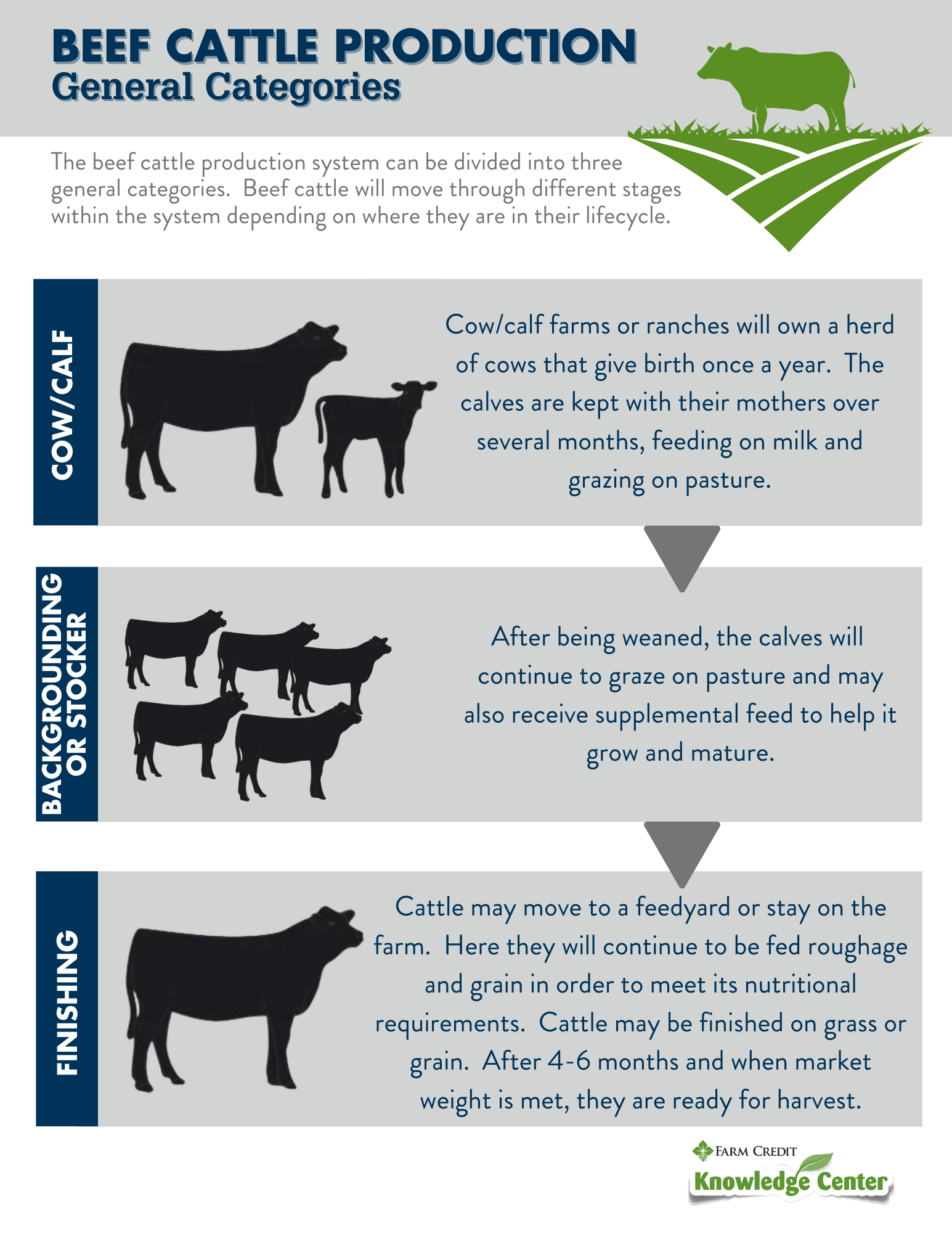
During the past decade, the nation's cattle and calf inventory has averaged 92.1 million head and the net value of trade for all cattle-related markets has been about $1.5 billion annually. "International trade of beef and cattle continues to grow in importance to the beef cattle industry with the U.S. being both a major exporter and.
New research partnership to boost northern cattle industry Queensland Alliance for Agriculture
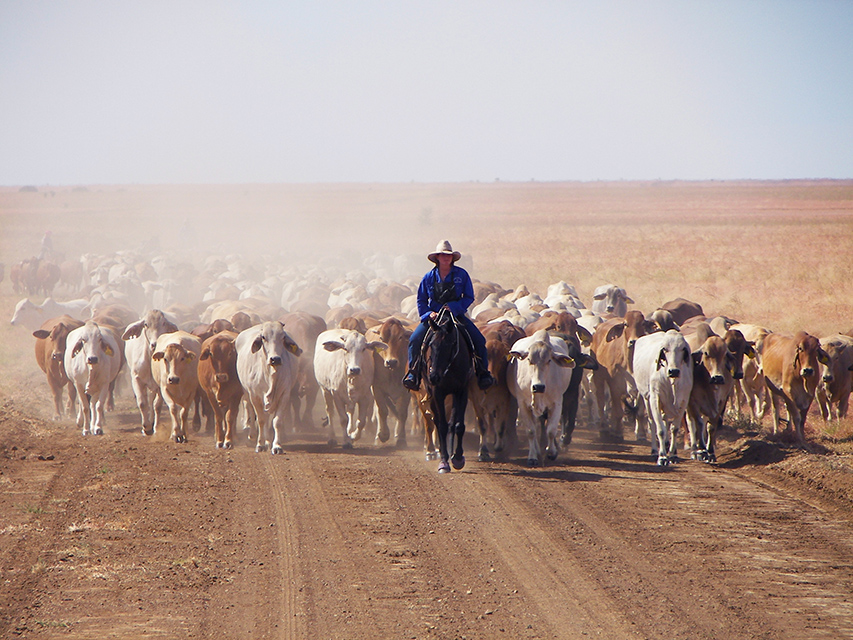
The civil war had a huge impact on the Texan cattle industry. Most of the fighting had taken place in the south, and this left the economy and cattle industry in ruins. Herds had been left un-managed during the war and had become half-wild by the time it had ended. Furthermore, the ruined economy meant there was little demand for expensive beef.
Factors That Helped the Cattle Industry Boom
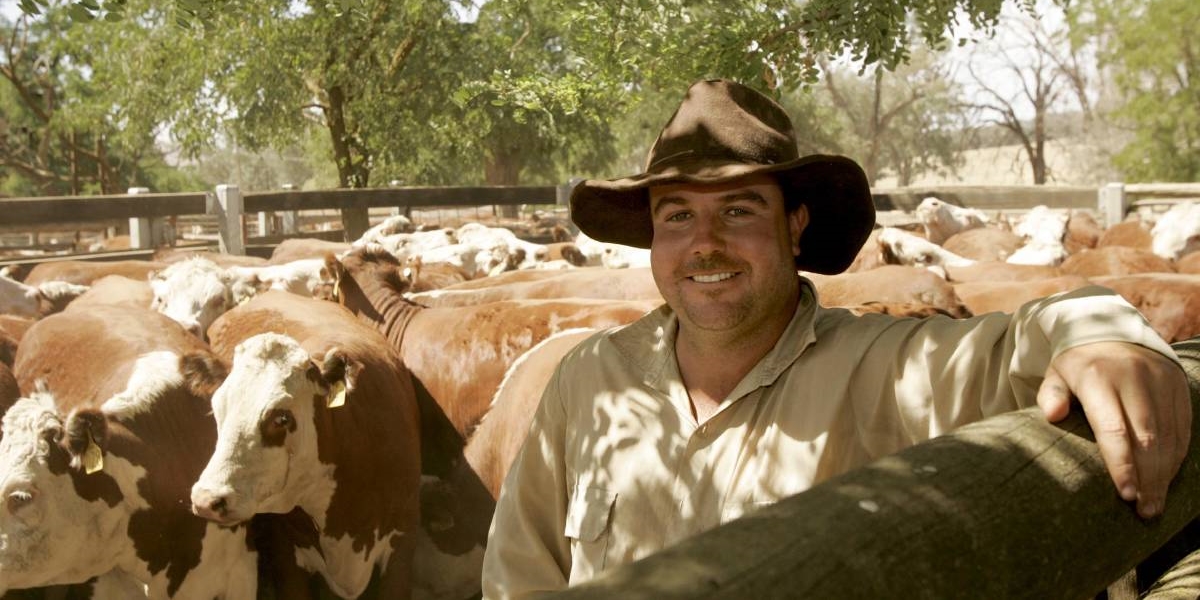
Figure 17.6.1 17.6. 1: Railroads made the settlement and growth of the West possible. By the late nineteenth century, maps of the Midwest were filled with advertisements touting how quickly a traveler could traverse the country. The Environment and Society Portal, a digital project from the Rachel Carson Center for Environment and Society, a.
The Rise and Fall of the Cattle Industry
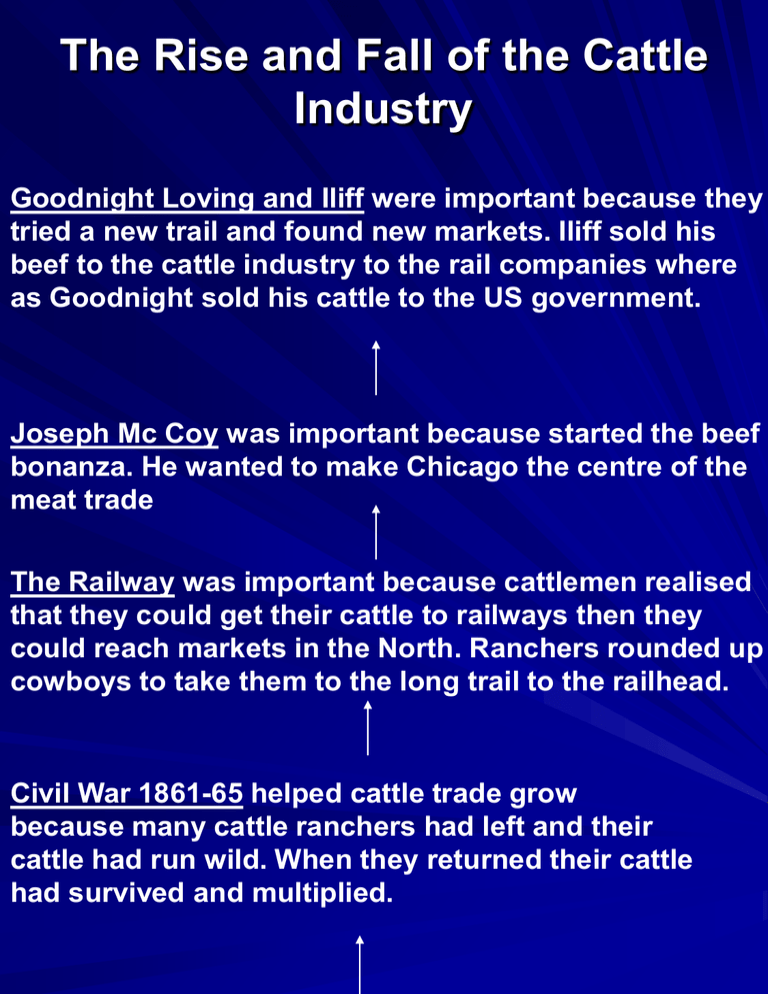
Cow and heifer slaughter are particularly important because these female cattle are responsible for the future calf crop. Cow and heifer slaughter combined account for nearly 51% of all cattle processed between January and August 2022. The growth in rate of cow and heifer slaughter is leading to a smaller calf crop and lower future cattle supplies.
As Factory Farms Spread, Government Efforts to Curb Threat From Livestock Waste Bog Down

So began the impressive cattle drives of the 1860s and 1870s. The famous Chisholm Trail provided a quick path from Texas to railroad terminals in Abilene, Wichita, and Dodge City, Kansas, where cowboys would receive their pay. These "cowtowns," as they became known, quickly grew to accommodate the needs of cowboys and the cattle industry.
PPT 14.3 The Cattle Boom PowerPoint Presentation, free download ID6062258
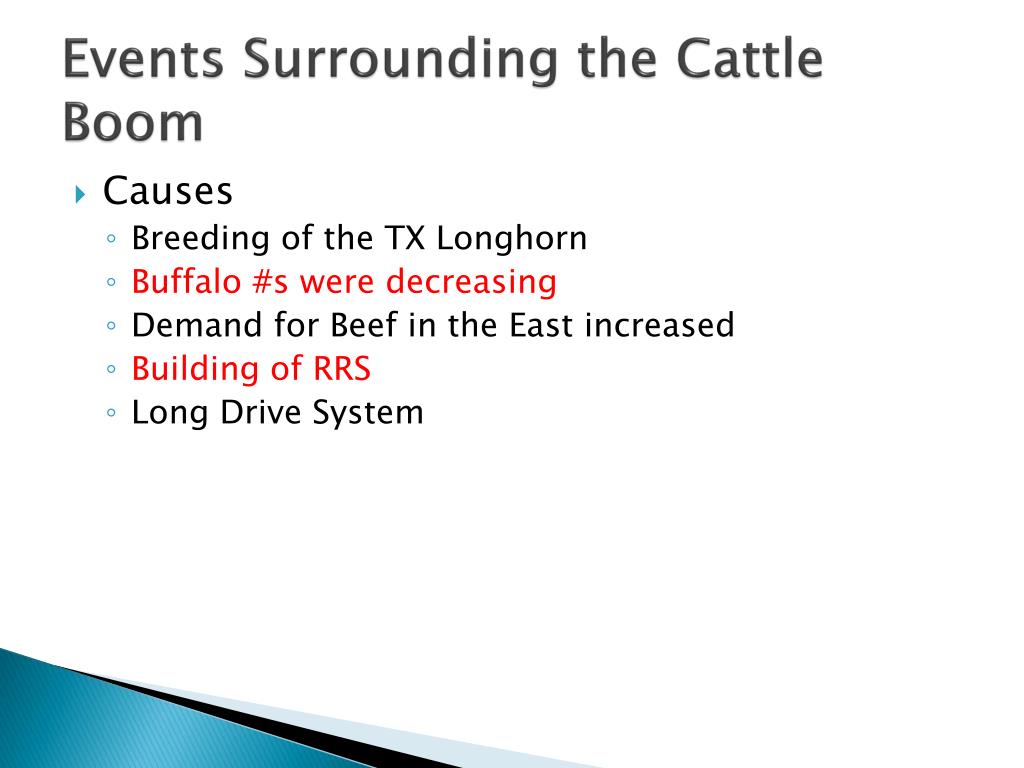
Going forward, U.S. cattle production faces three key pressures that may afect profitability: vulnerabilities along the supply chain; extreme weather conditions, particularly drought; and shifting demand from U.S. consumers. First, although cattle operations had. Cortney Cowley is a senior economist at the Federal Reserve Bank of Kansas City.
A Timeline of Changes Beef Cattle Farming in North… Arrowquip

RISE & FALL OF THE CATTLE INDUSTRY. 1. As Texas was the "Storehouse of the Confederacy" during the Civil War, why do you think so many cattle roamed freely and abundantly in Texas? 2. If a Texas cattle is worth $4 in Texas—and worth $40 in the Midwest, is there an opportunity here to make a fortune from cattle? What group of men were.
The Australian Cattle Industry YouTube

The cattle industry is also linked to loss of indigenous homes and communities. The cattle industry values their doing over indigenous people's right to their land. Their ancestral homes are destroyed due to deforestation. Even if the indigenous people relocated, the deforestation causes biodiversity loss, which they rely on for food (Kim, 2021).
PPT 14.3 The Cattle Boom PowerPoint Presentation, free download ID6062258
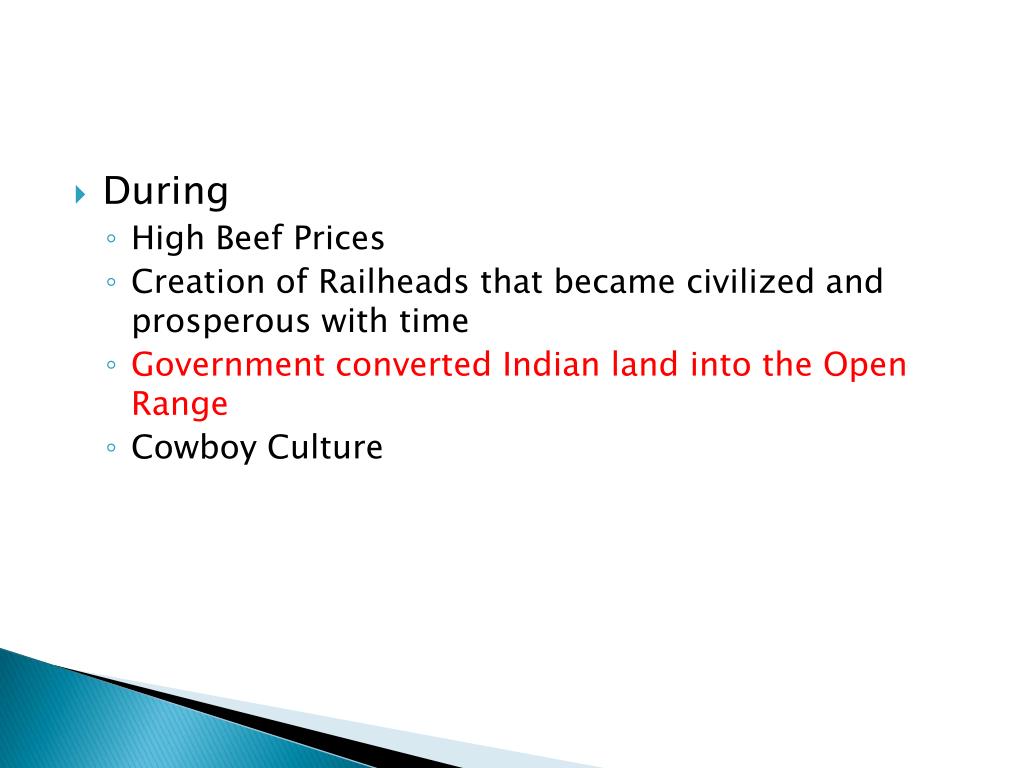
Furthermore, there was a drought in 1883 that ruined what little grass was available, and in a particularly brutal winter of 1886-1887, thousands of cattle and many cowboys died in the freezing weather. This last incident devastated farmers and essentially marked the end of the post-war cattle boom. From 1861-1865, the United States was engaged.
PPT 14.3 The Cattle Boom PowerPoint Presentation, free download ID2423687
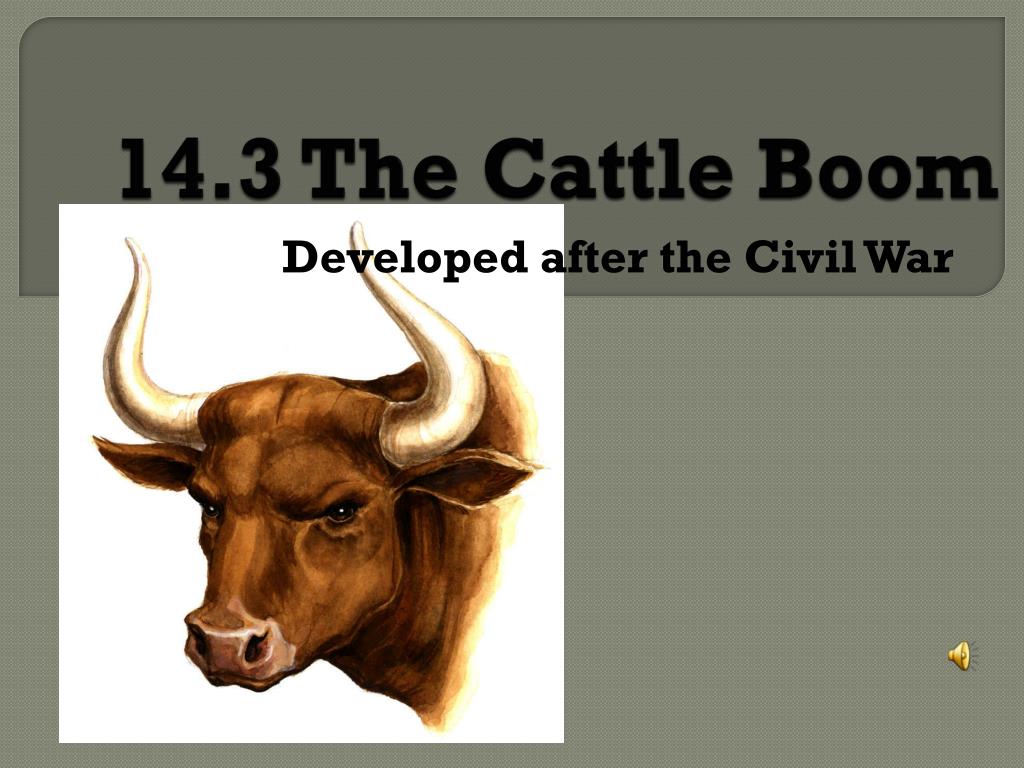
3 Min Read. The cattle cycle is perhaps the most iconic characteristic of the U.S. cattle industry. Cattle cycles emerged as the ranching industry developed in the late 1800s. Cattle inventory data shows that the number of cattle in the U.S. was 28.6 million head in 1867, just after the Civil War. Cattle numbers expanded continuously to 60.
PPT Improvement in the Cattle Industry PowerPoint Presentation, free download ID2076977

The cattle industry in the United States has changed dramatic fashion over the last few centuries. This paper will look into the state of the American Cattles industry in the 19th, 20th, and 21st century. The chronological perspective will allow the visualization of the major impacts and changes of the industry over time..
Early 20th century cattle industry in Australia, looks similar to American feedyards ca. 1921
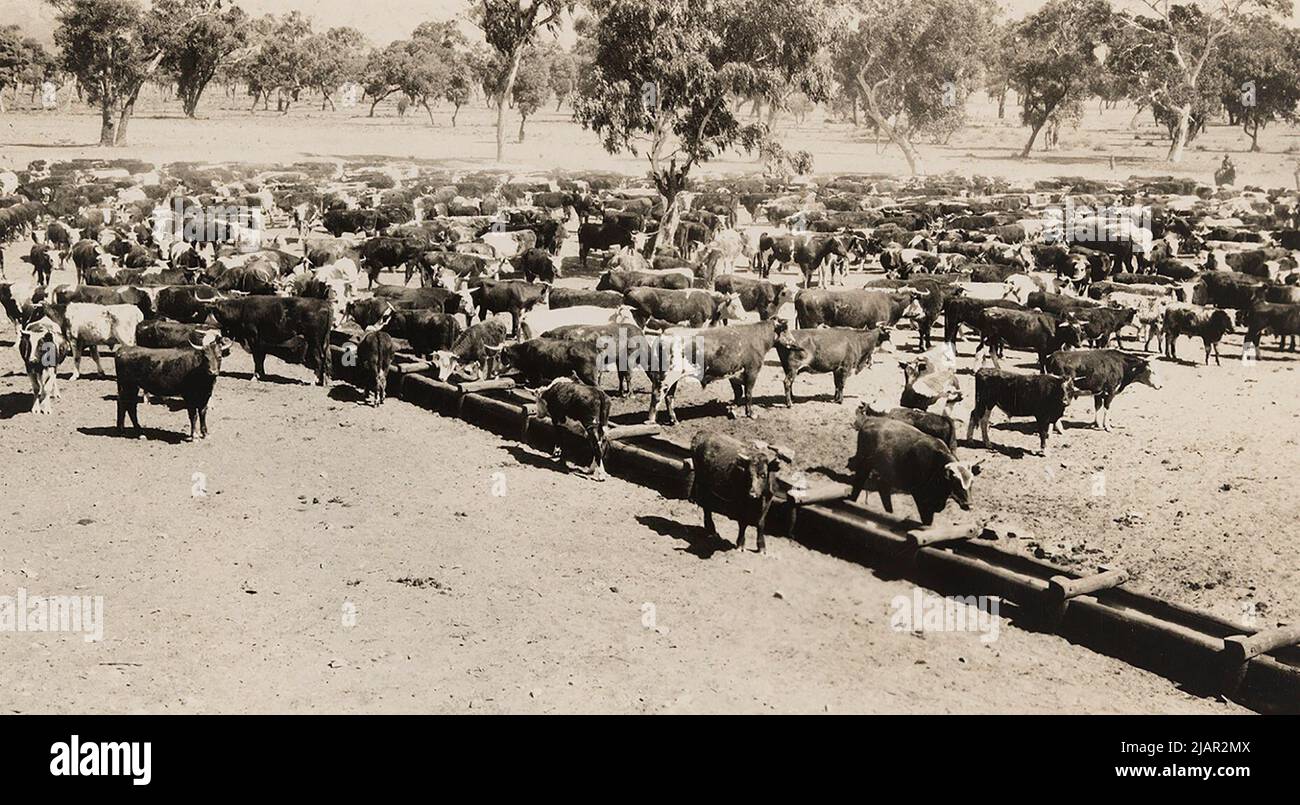
Grass was free and profits were enormous in the cattle business in Wyoming Territory—for a while. The business dates to the 1850s, when a few entrepreneurs paid westbound emigrants for worn-out cattle, and then fattened them for resale. But the boom came in the decades after the Union Pacific Railroad connected Wyoming ranges to eastern.
The Advantages Of Crossbreeding
Trends in the Cattle Farming Industry. The general trend of the cattle industry has been one of tremendous growth over the course of the 20th and 21st centuries, as one would expect given the general trajectory of the economy as a whole. Several reasons can be named for the steady growth of beef production: Rise in per capita income
The Power of the Cattle Industry in Brazil by Alice Lunardelli Medium
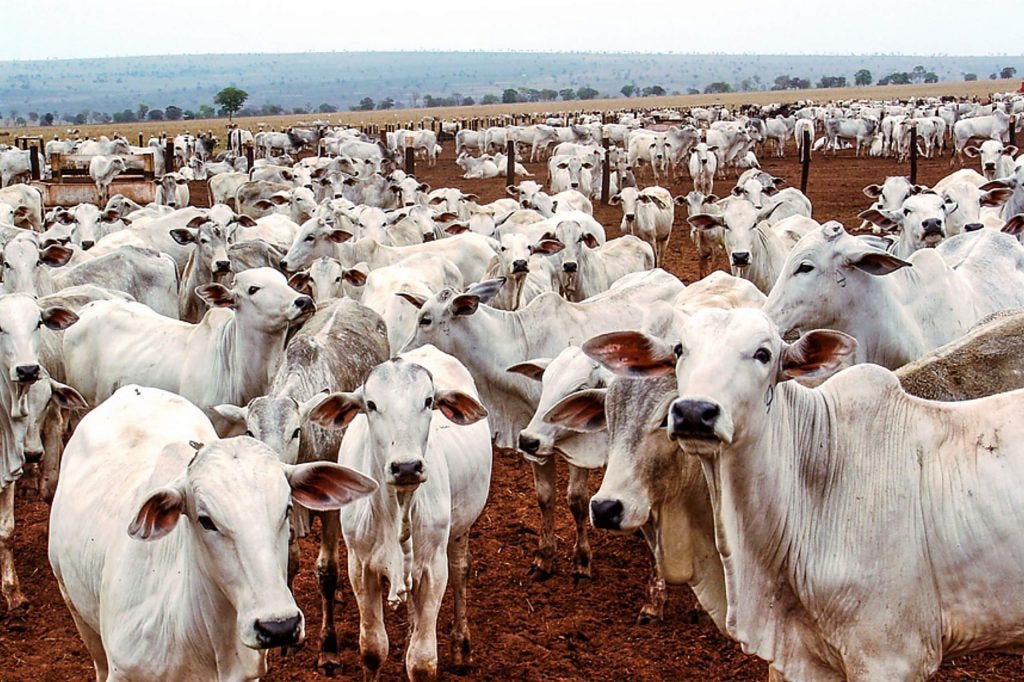
The U.S. cattle industry might be at another turning point, according to a December 2021 Economic Review paper, " Long-Term Pressures and Prospects for the U.S. Cattle Industry ," by Kansas City Fed Senior Economist Cortney Cowley. Cowley's research concludes that as it comes out of the pandemic, U.S. cattle production faces three key.